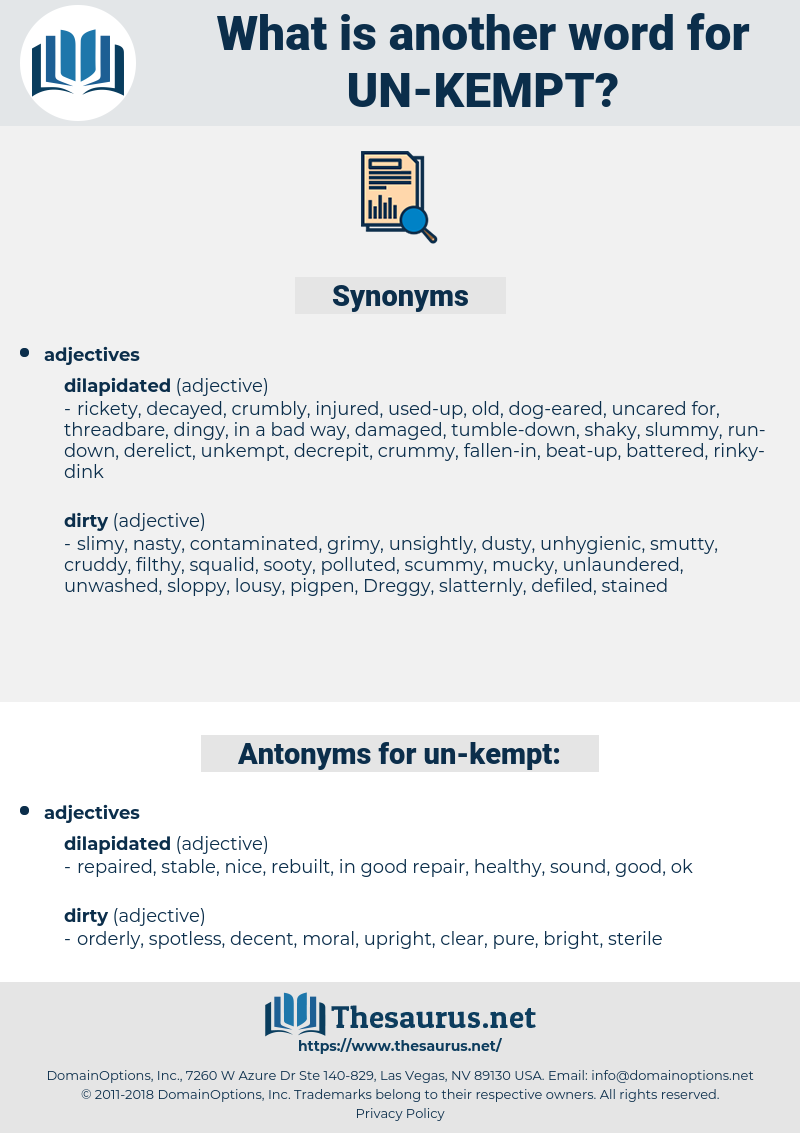
The enterprise must set a pre-defined policy for data retention and deletion, ensuring that it complies with privacy requirements, regulations, and records policies, while also checking whether it’s part of ongoing litigation or anticipatory preservation. However, at an enterprise level, deletion must be defensible. For instance, deleting data before moving to the cloud makes a lot of sense, since there’s no point wasting money and time moving the “junk.” In fact, Gartner research estimates that up to 85% of enterprise data is ROT (redundant, outdated, trivial), much of which can be identified with an initial analysis. It’s a helpful standard - appropriate deletion of data should be viewed as a good thing. Kondo advocates a strong focus on getting rid of unneeded items. This often means putting in place automatic policies so that data is continuously cleaned up as it’s created. Otherwise, your data will quickly revert to its natural state of chaos. Furthermore, it’s essential to have a long-term plan for continuity after the initial cleanup process. To wit, set target goals define processes and follow them measure progress regularly and stay the course.

Cleaning up your company’s data is no different. Kondo suggests setting clear goals - without them, tidying up may quickly lose meaning. class-action litigation risks in the event of privacy breaches. Getting buy-in from each of these groups would have been an uphill battle in the past however, new data privacy regulations such as the General Data Protection Regulation (GDPR) and the California Consumer Protection Act (CCPA) have raised the stakes for management, especially in light of U.S. The formation of an “Information Governance” committee, comprised of various stakeholders representing legal, compliance, records management, privacy, security, and various business departments, can help to ensure the long-term success of the project.


A successful data cleanup initiative requires commitment from top management, including assigning the appropriate resources and budget. Without it, efforts are likely to founder and peter out. When it comes to cleaning up, upfront commitment is important.

Notwithstanding the chasm between cleaning up at home versus the enterprise, here’s how we can apply Kondo’s six rules of tidying up to the enterprise. As data growth continues to accelerate, the regulatory and legal requirements to control this expanding digital mountain keep escalating, causing data cleanup to rise to the top of business priorities. Over the years, most large enterprises have accumulated several petabytes of dark data - web logs, old emails, and out of date customer profiles all collected in the regular course of business that will probably never be used again - with each petabyte being equivalent to 20 million completely filled four-drawer filing cabinets. No, I don’t know which box it was stored in, and I don’t know where that box is, and I don’t remember what else was in that box.” Sound familiar? Organizing our “stuff” has always been a challenge - which may explain why Marie Kondo has become a household name in the art of cleaning up and organizing one’s personal effects.īelieve it or not, businesses face a similar challenge in managing company data, albeit on a much grander scale and with far more complex requirements.


 0 kommentar(er)
0 kommentar(er)
